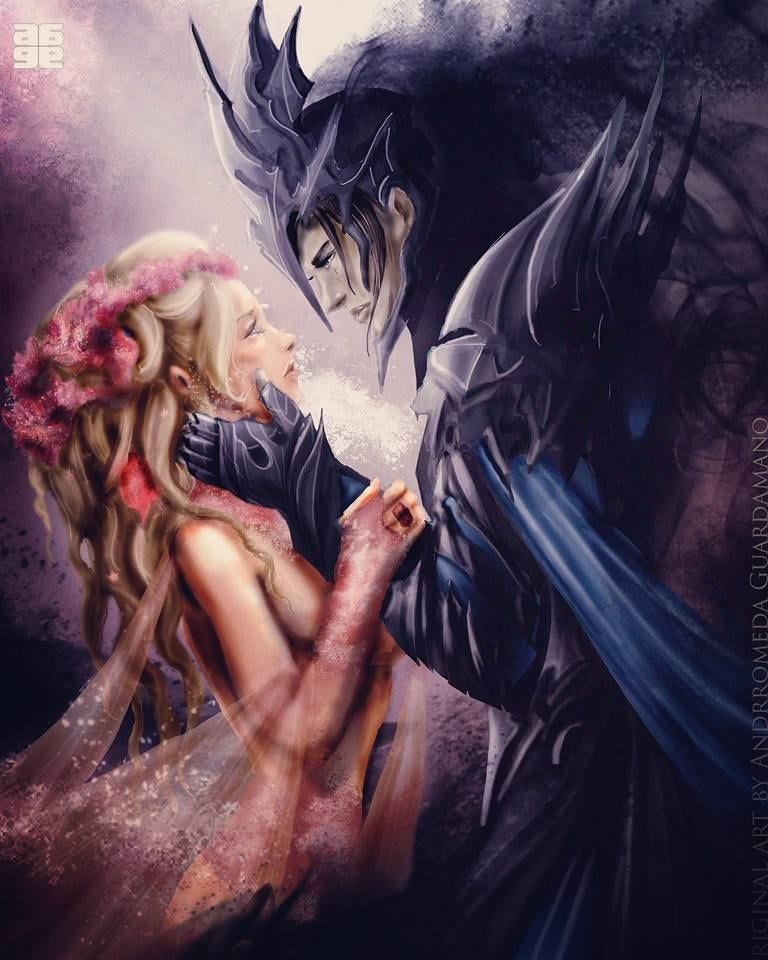
In the rich tapestry of Greek mythology, few tales captivate the imagination quite like that of Hades and Persephone. Their story, woven with elements of love, betrayal, and the cycle of life, continues to intrigue and inspire generations across the globe.
The myth begins with Persephone, the radiant daughter of Demeter, goddess of the harvest, and Zeus, king of the gods. Persephone’s beauty was renowned throughout the heavens, and it caught the eye of Hades, god of the underworld. One fateful day, as Persephone frolicked in a meadow, gathering flowers with her companions, Hades emerged from the depths of the earth in his chariot drawn by ebony steeds. With a swift and decisive action, he seized Persephone and carried her down to the underworld, where he made her his queen.
Despair Gripped
Demeter, consumed by grief and rage at the abduction of her beloved daughter, unleashed her wrath upon the earth. She refused to let the crops grow, plunging the world into an endless winter. Famine and despair gripped the land, and mortals cried out for relief.
Persephone
Zeus, witnessing the suffering of humanity and fearing the consequences of Demeter’s fury, intervened. He sent Hermes, the messenger of the gods, to negotiate with Hades for the return of Persephone. Hades agreed to release her, but not before tricking her into eating pomegranate seeds, a food of the underworld. Consuming the seeds bound Persephone to the underworld, ensuring that she would return to Hades for a portion of each year.
Alongside
And so, a compromise was struck. Persephone would spend two-thirds of the year with her mother, Demeter, during which time the earth would bloom and flourish in the abundance of spring and summer. But for the remaining third of the year, she would return to the underworld as Queen of the Dead, presiding over the realm of shadows alongside Hades. During this time, Demeter’s sorrow would plunge the earth into winter, a period of dormancy and reflection.
Dynamics
The myth of Hades and Persephone serves as an allegory for the changing seasons, with Persephone’s descent into the underworld symbolizing the transition from life to death and her return marking the renewal of life on earth. It also explores themes of power dynamics, as Persephone navigates her dual role as both queen of the underworld and daughter of the harvest goddess.
Reminding
But perhaps most profoundly, the tale of Hades and Persephone speaks to the enduring power of love and the bonds that transcend even the boundaries between the living and the dead. Despite the challenges they face and the forces that seek to keep them apart, Hades and Persephone find solace and strength in their union, reminding us that love can conquer even the darkest of realms.
Conclusion
As we contemplate the myth of Hades and Persephone, we are reminded of the intricate interplay between light and shadow, life and death, and the eternal cycle of renewal that shapes our world. Their story continues to enchant and inspire us, inviting us to ponder the mysteries of the universe and the enduring power of love in all its forms.